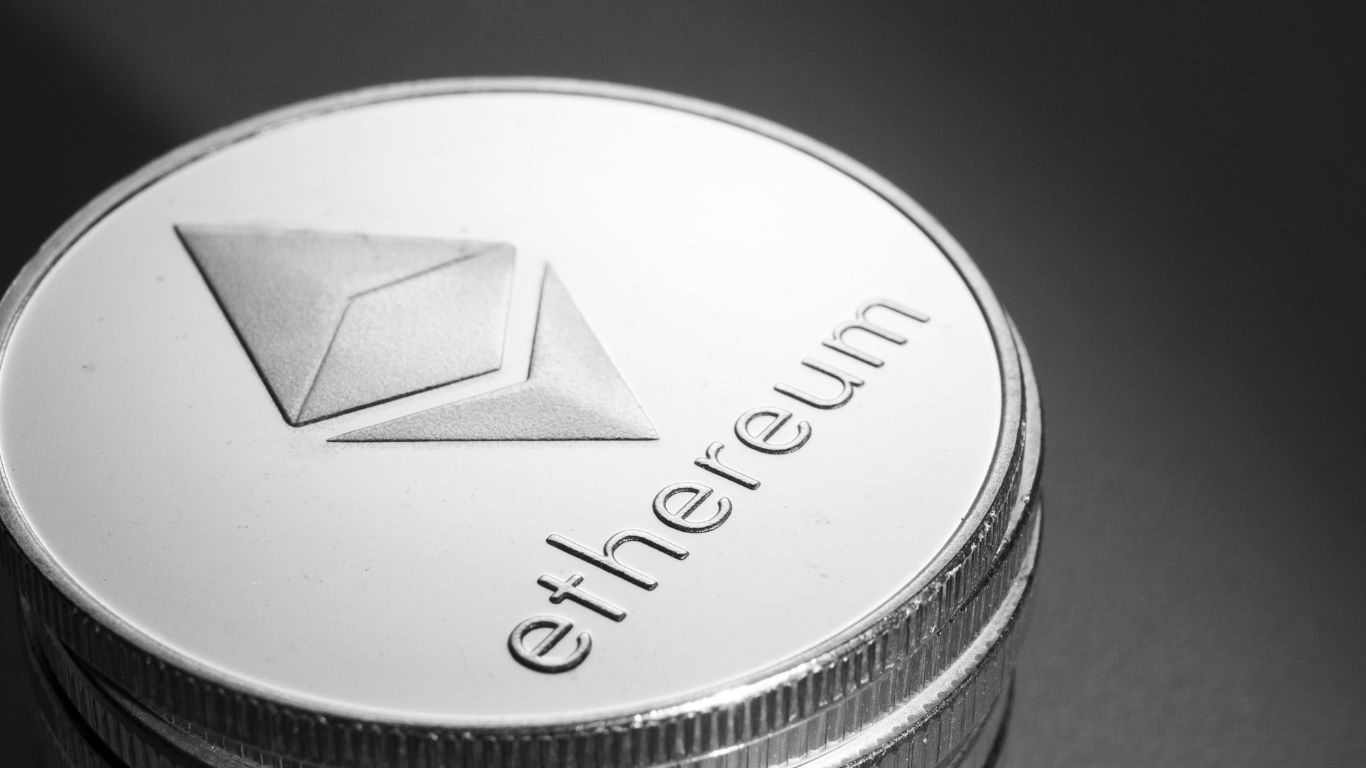Introduction
Ethereum, the world’s second-largest blockchain, underwent a groundbreaking transformation with the Merge, transitioning from a Proof-of-Work (PoW) consensus mechanism to Proof-of-Stake (PoS). This historic shift not only made Ethereum more energy-efficient but also set the stage for further developments aimed at enhancing scalability, security, and decentralization.
But what comes next? Ethereum’s roadmap remains ambitious, with several crucial upgrades planned. In this article, we explore the key milestones ahead, including the Surge, the Scourge, the Verge, the Purge, and the Splurge, as outlined by Ethereum co-founder Vitalik Buterin.
The Five Phases of Ethereum’s Roadmap
1. The Surge: Scaling Through Sharding and Rollups
The next big focus for Ethereum is scaling the network to support mass adoption. The Merge significantly reduced Ethereum’s energy consumption, but it didn’t address network congestion or high gas fees. This is where the Surge comes in.
- Sharding: Sharding will split Ethereum’s network into smaller chains (shards), each capable of processing transactions and smart contracts independently. This will massively increase the network’s transaction throughput.
- Rollups: Layer-2 scaling solutions like Optimistic Rollups and ZK-Rollups will be further developed to handle transactions off-chain while settling final proofs on Ethereum’s main chain.
- Proto-Danksharding (EIP-4844): This upgrade will introduce blob-carrying transactions, which will reduce costs for rollups and improve data availability.
2. The Scourge: Ensuring Network Neutrality and Censorship Resistance
With Ethereum’s growing influence, concerns over censorship and miner extractable value (MEV) manipulation have arisen. The Scourge phase aims to address these challenges.
- MEV Mitigation: MEV (Maximal Extractable Value) refers to the ability of validators to reorder transactions for profit. Solutions such as Proposer-Builder Separation (PBS) will ensure that transaction ordering remains neutral.
- Censorship Resistance: As Ethereum shifts towards more regulatory scrutiny, the goal is to maintain permissionless and decentralized transaction processing, preventing validators from censoring transactions.
The Scourge will help Ethereum maintain its core principles of decentralization and fairness while improving transaction efficiency.
3. The Verge: Simplifying Ethereum with Verkle Trees
Ethereum’s current state size is a growing concern, making it increasingly difficult for nodes to store and validate blockchain data. The Verge aims to optimize Ethereum’s storage and increase decentralization.
- Verkle Trees: A new data structure that allows for more efficient storage and proof verification. Unlike Merkle Trees, Verkle Trees will enable lightweight clients to verify data without storing the full blockchain.
- Stateless Clients: With Verkle Trees, validators and users can participate in the network without requiring massive hardware resources.
The Verge will make Ethereum more accessible to users and validators, reducing barriers to entry for network participation.
4. The Purge: Reducing Technical Debt and Improving Efficiency
Over the years, Ethereum has accumulated a lot of historical data and redundant elements that slow down the network. The Purge aims to clean up and streamline Ethereum by:
- State Expiry: Removing older blockchain data that is no longer needed, reducing storage requirements for nodes.
- Simplifying Ethereum Protocol: Eliminating redundant code and legacy components to make Ethereum easier to maintain and upgrade.
- Lowering Costs: By reducing the amount of data nodes must store, transaction costs and gas fees may also decrease.
The Purge will make Ethereum more efficient, lightweight, and easier to upgrade in the long run.
5. The Splurge: Final Optimizations and Enhancements
The last phase, the Splurge, is a collection of additional improvements and refinements designed to enhance Ethereum’s overall user experience and network robustness.
- Account Abstraction: This will allow smart contracts to act as user wallets, improving flexibility and security.
- EIP-4337: A proposal to enable features like multi-signature wallets and gasless transactions without modifying Ethereum’s core protocol.
- Quantum Resistance: Research into cryptographic techniques to future-proof Ethereum against quantum computing threats.
The Splurge is about fine-tuning the network, ensuring all the previous upgrades work seamlessly together.
What Does This Mean for Users and Developers?
For everyday Ethereum users, these upgrades will mean:
- Lower gas fees due to better efficiency and scalability.
- Faster transactions with sharding and rollups.
- Improved security with anti-censorship mechanisms and MEV mitigation.
- More decentralization as network participation becomes less hardware-intensive.
For developers and businesses building on Ethereum:
- More powerful dApps thanks to better scalability and storage solutions.
- Enhanced UX for Web3 applications through features like account abstraction.
- More reliable infrastructure for DeFi, NFTs, and other Ethereum-based innovations.
Challenges and Risks Ahead
Despite the exciting roadmap, Ethereum faces challenges, including:
- Technical Complexity: Implementing these upgrades requires extensive research and testing.
- Adoption of Layer-2 Solutions: Users and developers need to transition to rollups and other scaling mechanisms.
- Regulatory Uncertainty: Governments worldwide are closely watching crypto developments, which could impact Ethereum’s roadmap.
However, the Ethereum community has consistently demonstrated resilience and innovation, making it likely that these upgrades will be successfully implemented over time.
